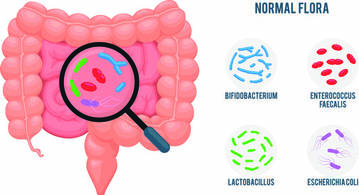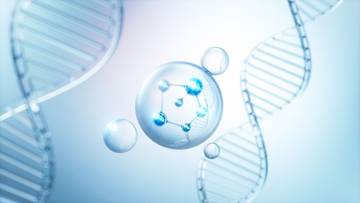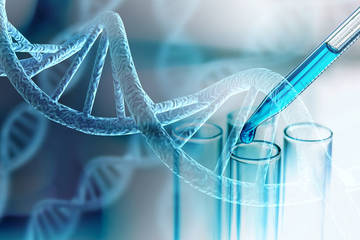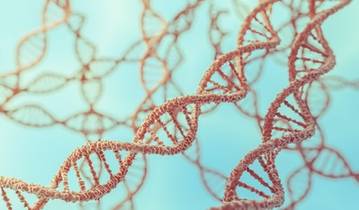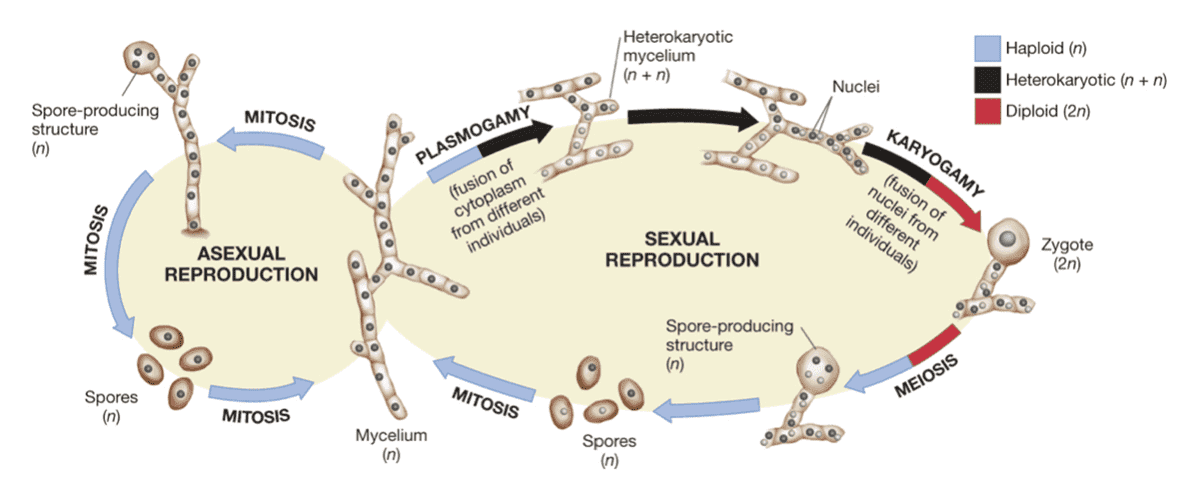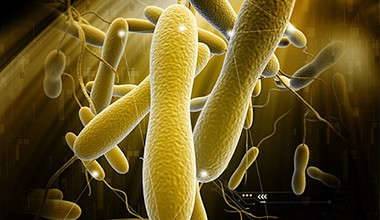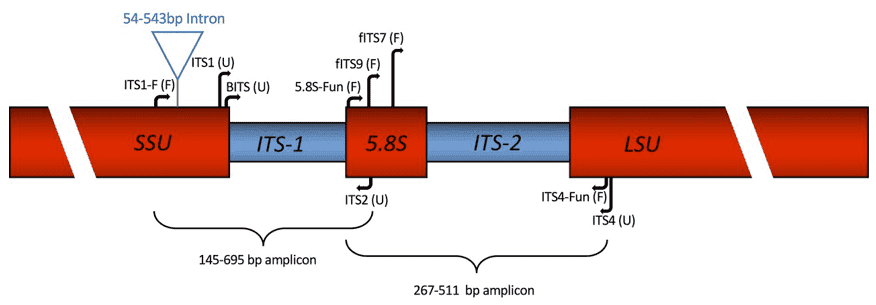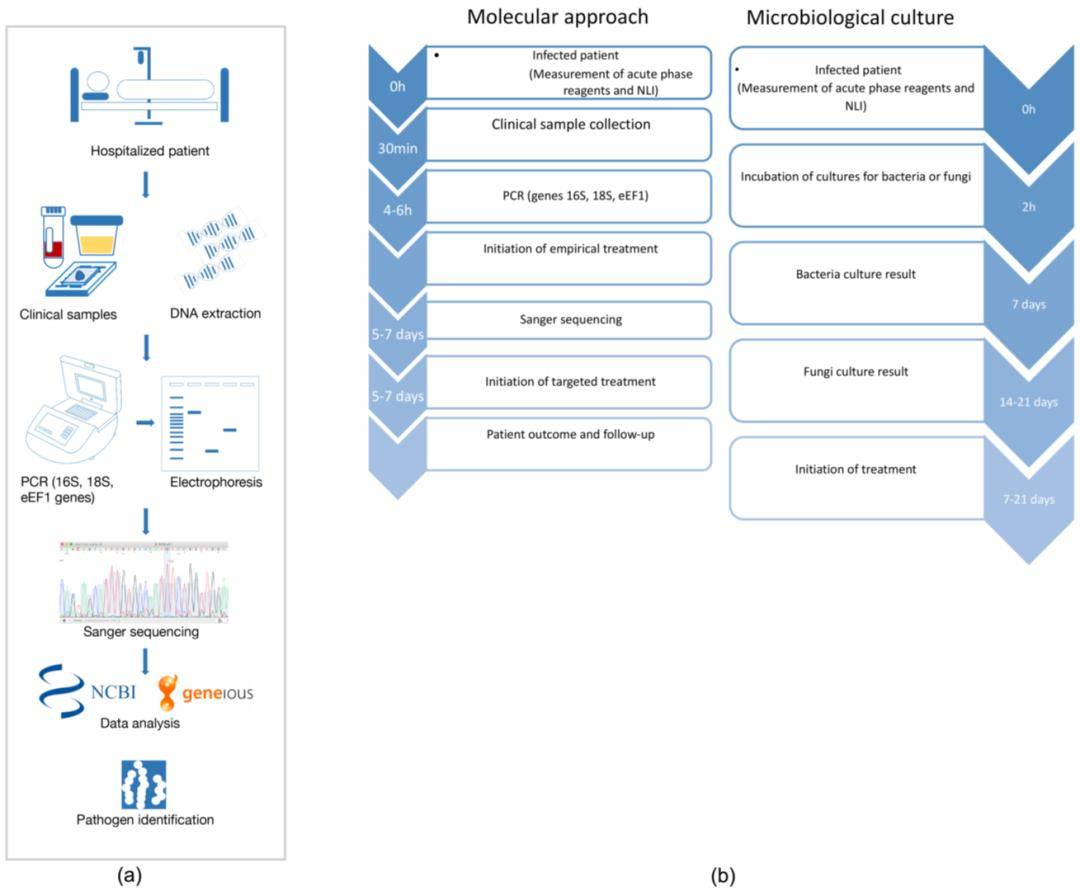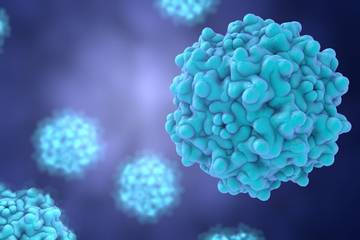Overview of Microbial Eukaryotes
Living organisms are classified according to various characteristics. One of the classification systems is based on their cellular component, structure, and function. Hence, living organisms including microorganisms can be classified as either eukaryote or prokaryote. The main difference between the two is the presence of membrane-bound organelles including a true nucleus in the former which is absent in the latter. Although it is common knowledge that bacteria for instance are microorganisms that contain prokaryotic cells, not all microorganisms are prokaryotes. Aside from plants and animals, eukaryotes also include microorganisms such as fungi, simple algae, and protozoa. Eukaryotic cells, as mentioned, contain a distinct nucleus with deoxyribonucleic acid or DNA as the major component. This part of the cell contains the genetic make-up of the organism. When the cell is actively dividing, this unit is organized into chromosomes, whereas chromatin refers to the structure when the cell is in the development phase.
Some microbial eukaryotes like different types of algae containing specialized organelles called plastids. These structures are used by these microorganisms for photosynthesis where they utilize the sunlight for nutrient production similar to plant cells.
Other than photosynthetic microorganisms, protists can also be classified as heterotrophs or those that acquire their nutrients by seeking food sources outside their cell body. Heterotrophs can be further divided into phagotrophic and somatotrophs. Phagotrophs use the flexibility of their cell body to surround their food and engulf it through the process called phagocytosis. On the other hand, somatotrophs get their nutrients through the process of absorption through its membrane. Interestingly, there are microorganisms like algal dinoflagellates which are called mixotrophs that are both photosynthetic and phagotrophic.
Mitochondria, which is more popularly known as the powerhouse of the cell is the site where most of the energy in the form of adenosine triphosphate or ATP is produced. These molecules are essential for the internal processes of the organism. However, it is noteworthy that even though most protists contain mitochondria, some that live in the environment in the absence of oxygen does not have this organelle. Rather, they produce their energy in the organelle called hydrogenosome which is basically a modified version of mitochondria. Another example of a microorganism that utilizes hydrogenosomes is the parasite Trichomonas vaginalis which causes a sexually transmitted disease called trichomoniasis.
Many eukaryotes have special structures such as flagella and cilia. Flagella are hairlike organelles that are used by the organism–as in protozoa–to propel its cell body. Cilia, as seen in Paramecium, are shorter appendages and more numerous than flagella. These are used by the organism for it to move in a synchronized manner.
Microbial eukaryotes undergo reproduction in a variety of ways. In fungi, the one form is vegetative reproduction more commonly fragmentation where smaller fragments break away from the hyphae and grow into a new individual. Another form of reproduction in these microbes is via asexual reproduction like the formation of spores which can also be seen in algae. Moreover, similar to the gametes of animals and plants, fungi and algae can also multiply via sexual reproduction.
How to Study Microbial Eukaryotes
Nowadays, microbial eukaryotes can be easily identified and detected through modern technologies in microbial research. One example is through the use of metagenomic sequencing which allows researchers to sample all genes in organisms present in a complex sample. Another technique is the targeted next-generation sequencing which allows a specific area of the genome to be sequenced, thus making the identification of the sample feasible. These techniques are usually being employed in microbial research in an attempt to develop medicines and diagnostic models to target disease-causing microorganisms.


